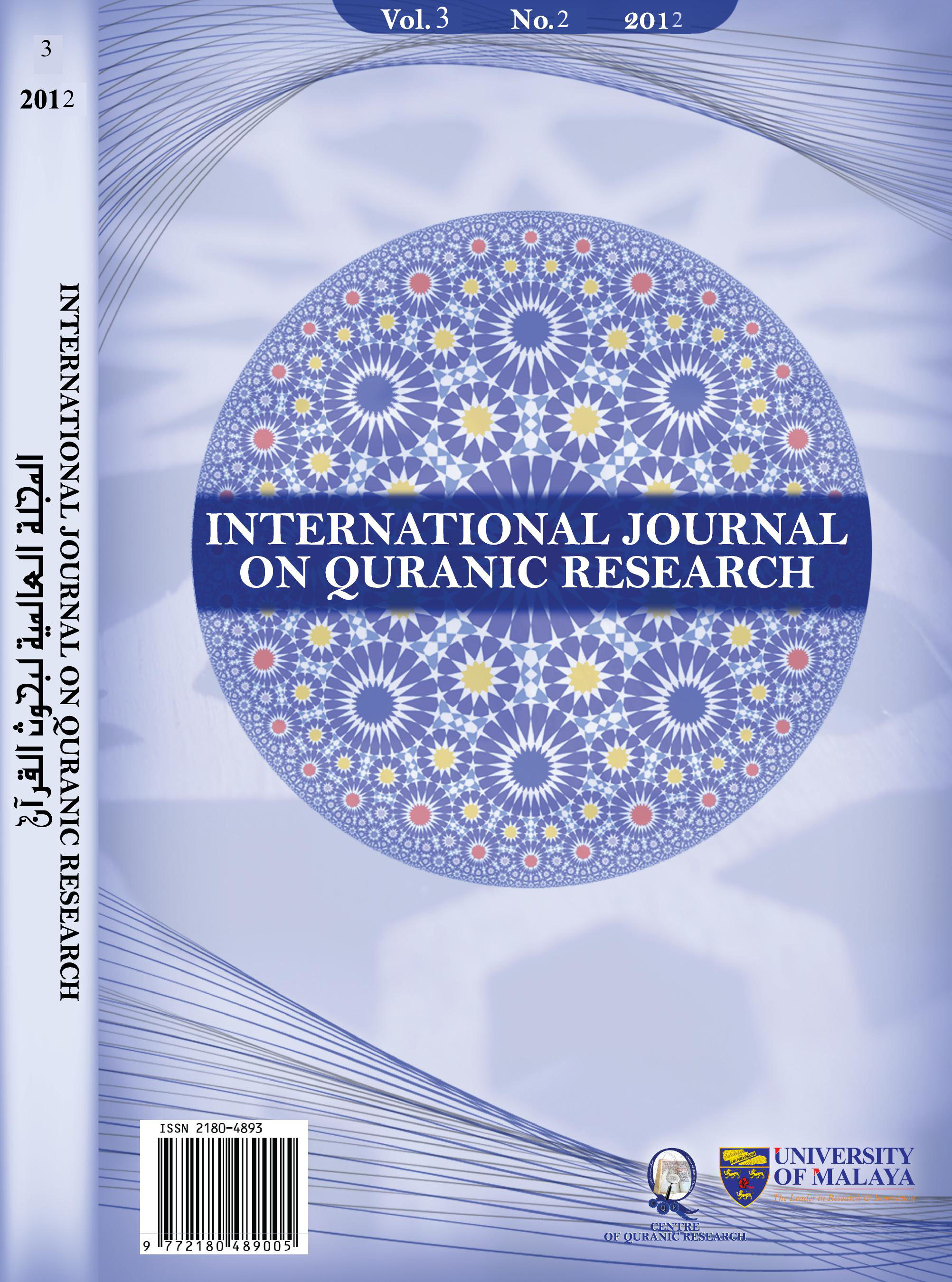Conceptual Basics for Unity in Multi Ethnic Diversity: The Qur'anic & Prophetic Paradigm
Main Article Content
Abstract
Islam affirms that the universe is a unity emanating from a single Will of the Sustaining Lord; and man himself is a part of this universe, dependent upon and related to all other parts; individuals are as atoms in the universe, therefore, they must have the same dependence upon and relation to one another. So, the Islamic belief is that the humanity is an essential unity; its scattered elements must be brought together, its diversity must give place to unity. This worldview of unity in diversity or cosmopolitanism is widely seen in the Qur’an and the Prophetic practices of multi-cultural unification which overwhelmingly focus on freedom of religion, inter-religious symbiosis and reciprocal obligations, religious tolerance, just and equal treatment to the non-Muslim subjects and social security towards them, conflict resolution, developing mutual understanding through dialogue and mutual cooperation in common interest. This paper aims to introduce the Islamic concepts of cosmopolitanism in a theoretical and practical framework by conducting an analytic textual reading of the concerned Qur’anic verses and a historical survey of the Prophet’s (pbuh) efforts at unity in diversity.
Downloads
Article Details
Disclaimer
QURANICA makes every effort to ensure the accuracy of all its contents. However, opinions, discussions, views and recommendations are expressed in this journal do not necessarily reflect the official policy of QURANICA or views of its editors or publishers. Therefore, QURANICA and its publishers will not be liable for any controversy may be arisen. The journal reserves the right, at its sole discretion, to change its terms and conditions of publications.
Copyright
It is a condition of publication that manuscript submitted to the journal have not been published, accepted for publication, nor simultaneously submitted for publication elsewhere. By submitting a manuscript, the author(s) agrees that copyright for the article is transferred to the publisher, if and when the manuscript is accepted for publication.
